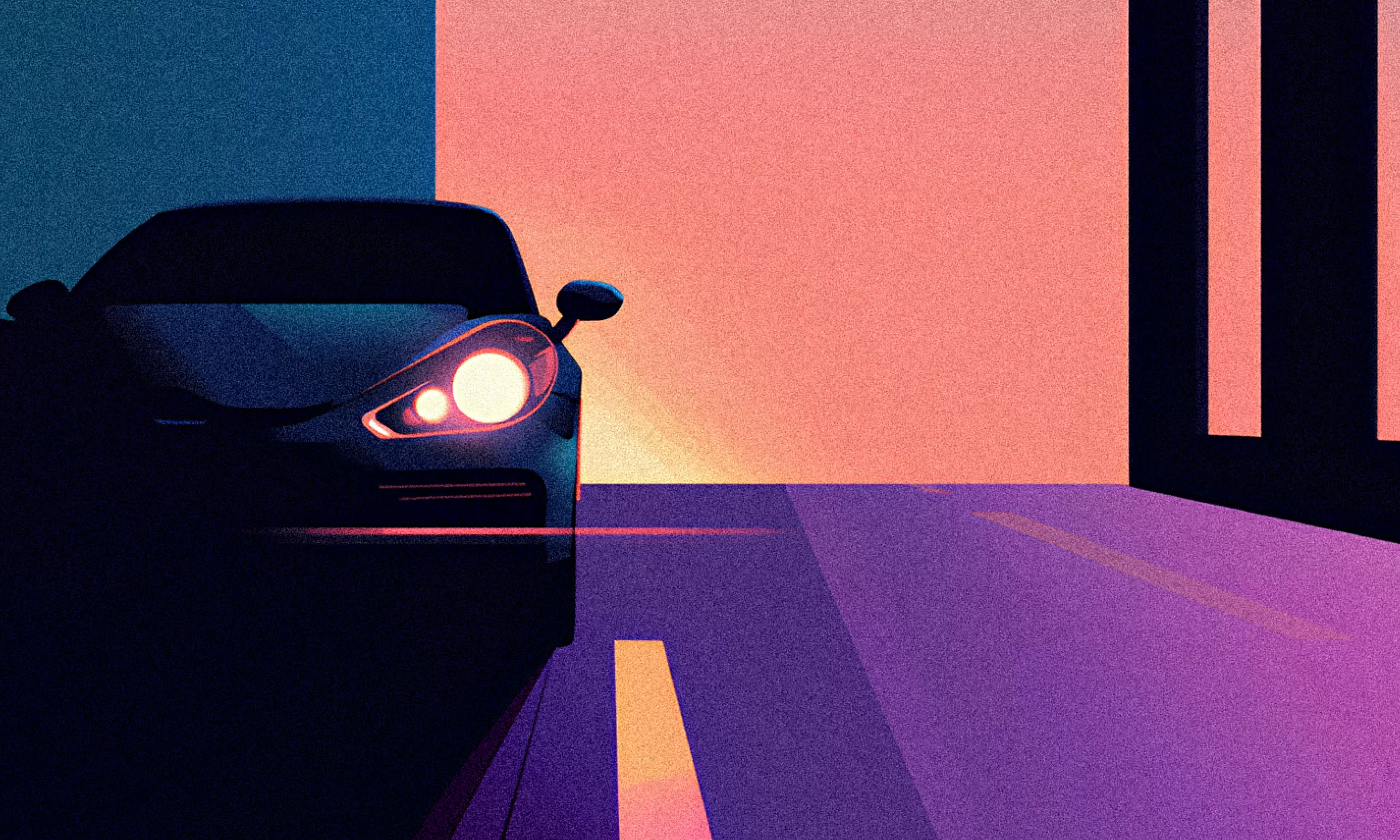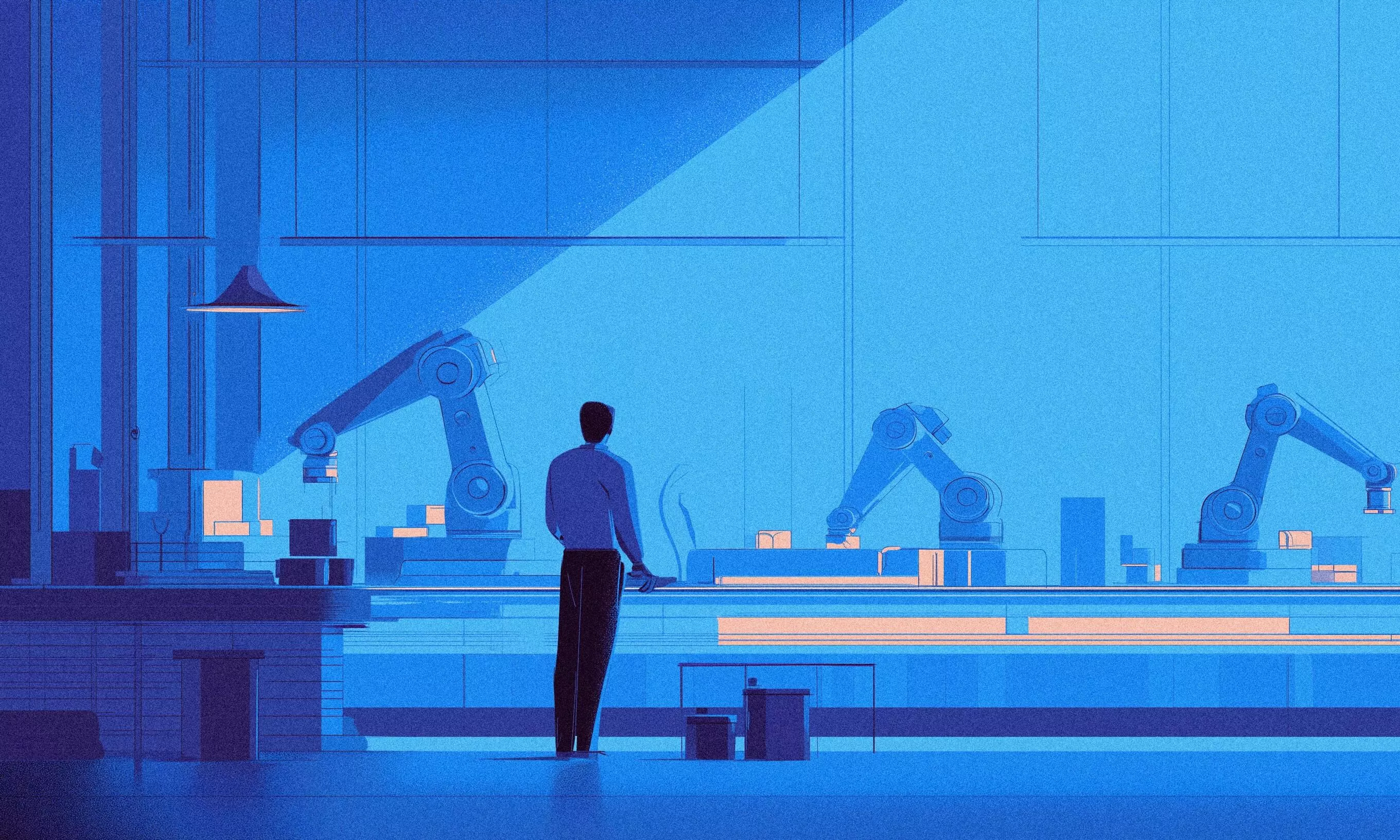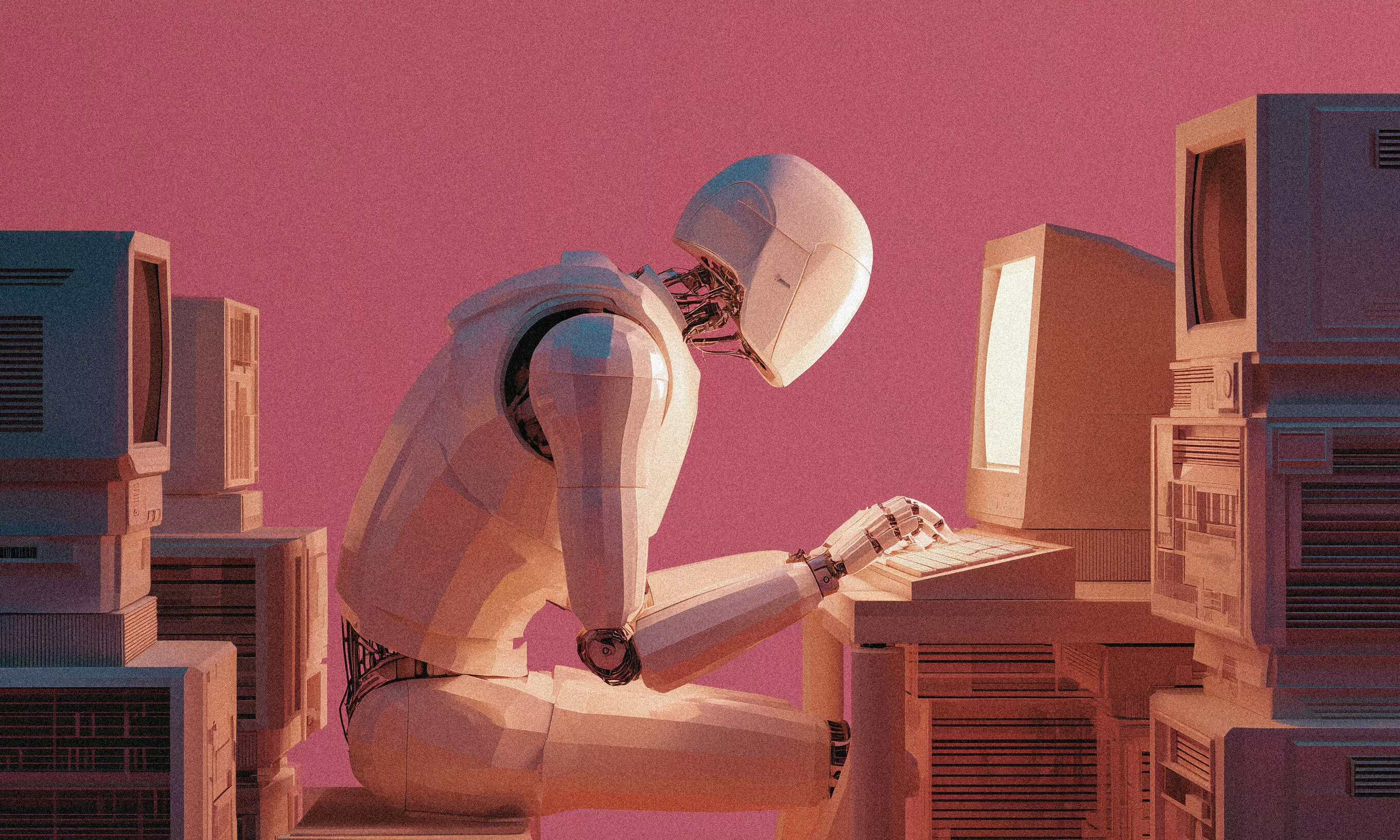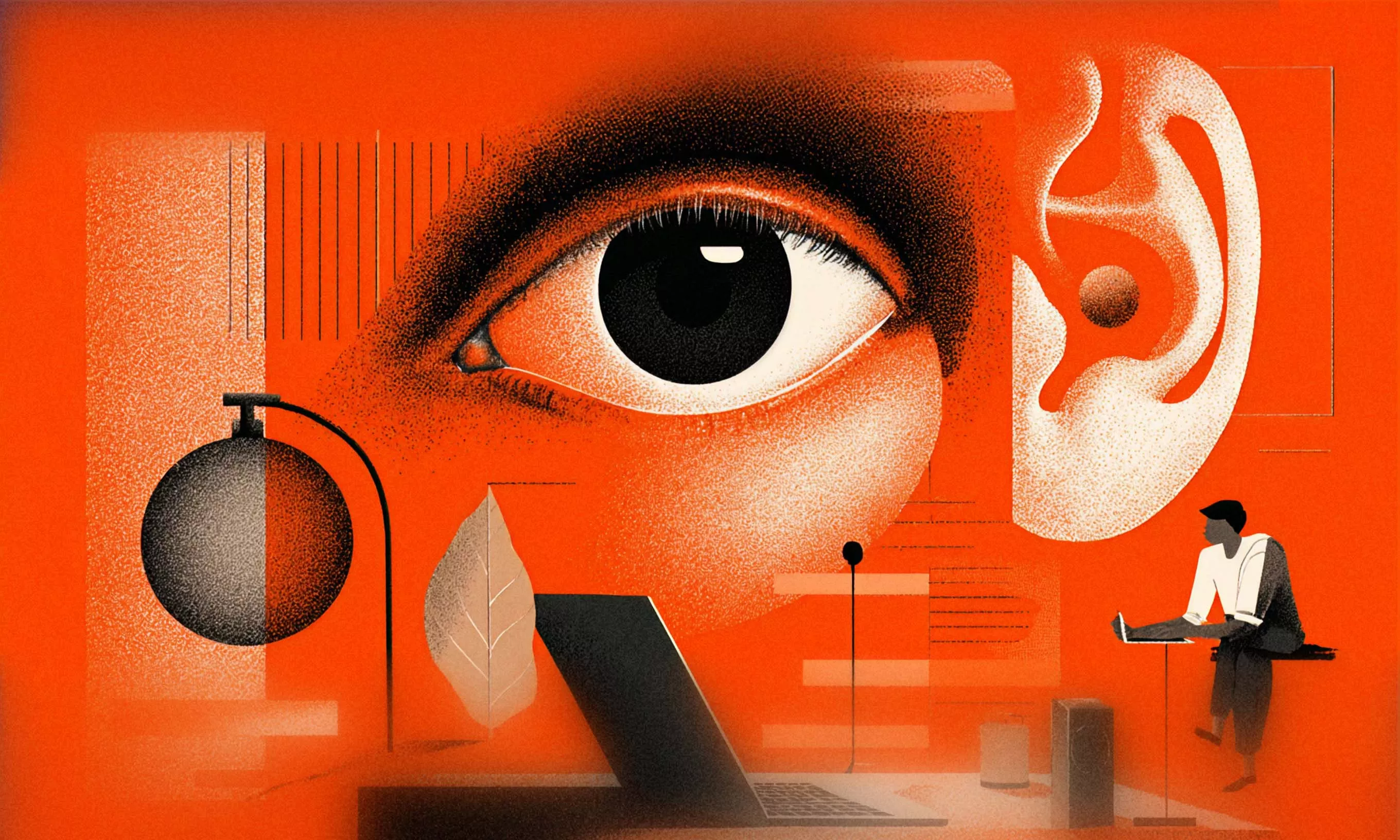Forty years ago, the future car meant a flying DeLorean. Today’s vision is far more grounded—but infinitely more sophisticated. As cars become software-driven machines, who will win in the race between incumbents, tech giants, and emerging disruptors?
Does your car have an “auto” mode for headlights? If you said yes, here’s the next question: How often have you switched that dial to manual? If you’re like most people, never or maybe once.
So, why is the dial still there? Here’s the big reveal: some features in your car are essentially relics. The automatic headlights system won’t fail, and there’s hardly a use case where you need the manual option. But having the dial makes you feel more in control.
These relics reflect a major shift in the automotive industry in recent years, and the transformation that is yet to come will be even more significant. We’re diving into the future of automotive, where traditional automakers, tech giants, and newcomers are racing to lead the charge. Who will steer the wheel as cars shift from hardware to software-driven machines?
From cars to smartphones on wheels
When we envisioned the future car 40 years ago, the best we could come up with was a flying DeLorean. Clearly, eliminating roads was seen as the ultimate way to enhance the driving experience.
We’re in 2024 now, and while cars are still very much grounded, they’ve evolved in ways that no 1980s movie could have predicted. Instead of focusing on flying, modern-day innovators and engineers have targeted other key areas of improvement:
- Integrating cars into a larger, connected ecosystem
- Relieving drivers of the task of driving
- Challenging the traditional ownership paradigm
- Rethinking how cars should be powered
Which brings us to the acronym defining the future of the automotive industry: C.A.S.E. – Connected, Autonomous, Shared, and Electrified.
However, one more letter is beginning to join the conversation: “Y”– standing for “Yearly updated.” In this vision, cars aren’t just mechanical machines but dynamic systems that evolve through software, much like the devices we carry in our pockets.
Routine visits to the mechanic may become a thing of the past as your car, a connected system, will be monitored in real-time. To repair an issue, you might only need to connect it to a power source and Wi-Fi to install a software update. And this is no prediction – it’s exactly how Tesla fixed the issue of their batteries catching fire in 2019.
The race is on
So, if the future car is a hybrid of hardware and software, which one matters more? And more importantly, who will be manufacturing it?
In lane one, we have the traditional automakers, masters of engineering and manufacturing. In lane two, revved up and ready, are the tech giants, experts in creating seamless software ecosystems.
As cars evolve into “smartphones on wheels,” the race isn’t just about speed or horsepower—it’s about having control over the user experience, and that’s where things get interesting.
Google and Apple have both ventured into the automotive space—Google with its highly successful Waymo initiative, and Apple through the secretive, now-paused Apple Car project (but don’t be too quick to write it off completely). However, the companies’ biggest influence in the auto industry today comes from their flagship interfaces, Android Auto and Apple CarPlay. Providing drivers with easy access to navigation, media, and apps directly from the vehicle dashboard, these systems have become so vital that many consumers consider them a key factor when purchasing a new car.
The tech giants have hooked us into their ecosystems, and now they are a benchmark for all our digital experiences, whether we’re sitting at a desk or behind the wheel of a car.
And how popular is BMW’s interface? Or Toyota’s? Not exactly a hit. These and many other brands resisted but ultimately had to concede and offer integration with Apple CarPlay and Android Auto. The tech giants have already hooked us into their ecosystems, and now they are a benchmark for all our digital experiences, whether we’re sitting at a desk or behind the wheel of a car.
Nevertheless, traditional manufacturers still have a lot going for them. They have decades of experience, large-scale production capabilities, established supply chains, and, last but not least, brand loyalty, which is especially evident with luxury brands. But will that be enough?
It’s unlikely these companies will master building software overnight, but perhaps the answer lies in strategic partnerships with tech companies that specialize in mobility solutions. A blend of old and new might just be what drives the future of the automotive industry.
Finally, there’s a contender in the third lane—companies that didn’t originate from either the automotive or tech worlds but were built from the ground up to specifically cater to the market of tomorrow. Tesla is, of course, the standout here, having made the electric car mainstream. But don’t expect Tesla to be the only player. Rising challengers like Rivian, Lucid Motors, and China’s BYD are already making waves in the market.
The race is on. While flying cars may not be here (yet), we’re on the verge of a completely different mobility experience. Who knows what kind of futuristic features will become standard in the vehicles of tomorrow? One thing’s for sure—manual headlight mode probably won’t be making the cut.











